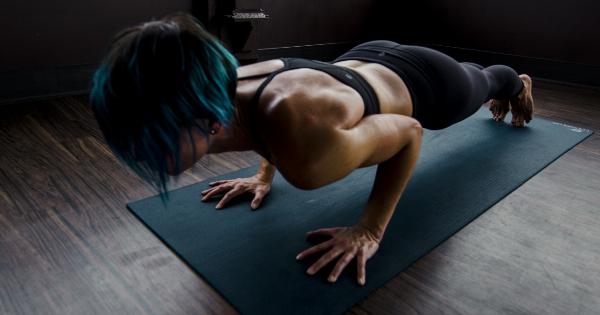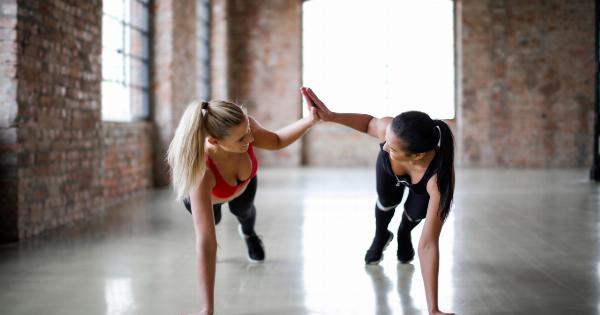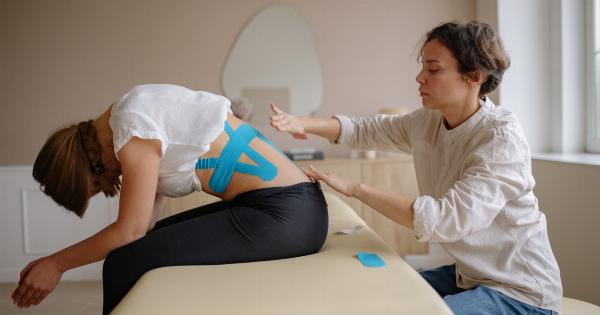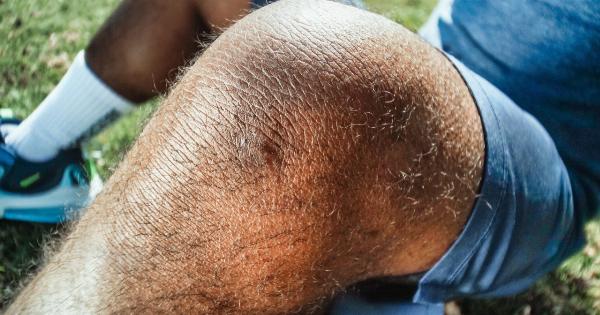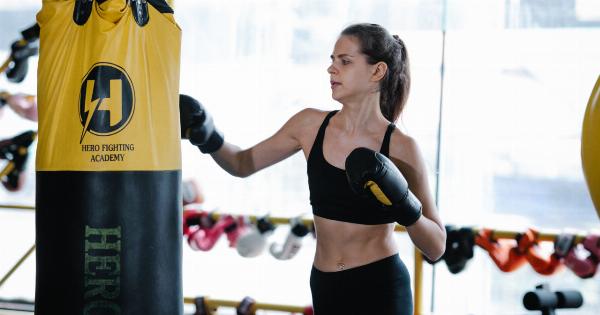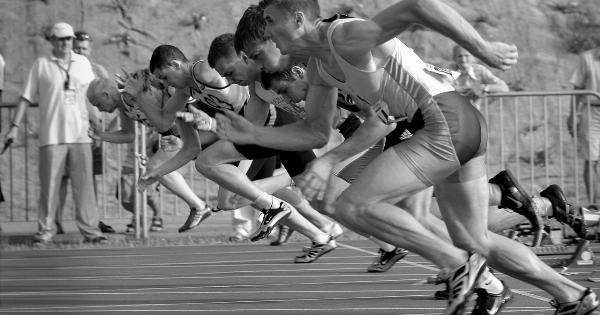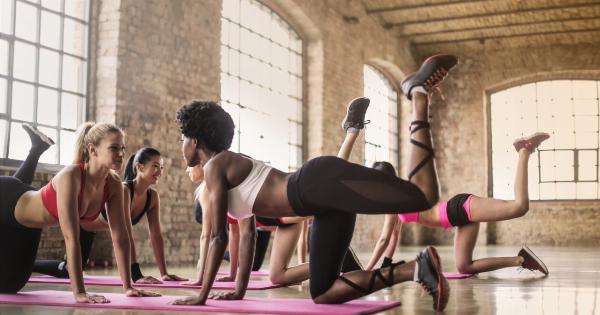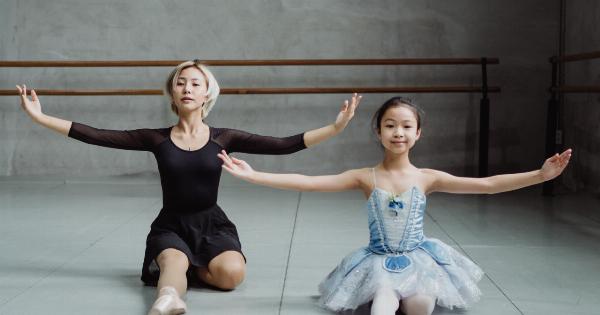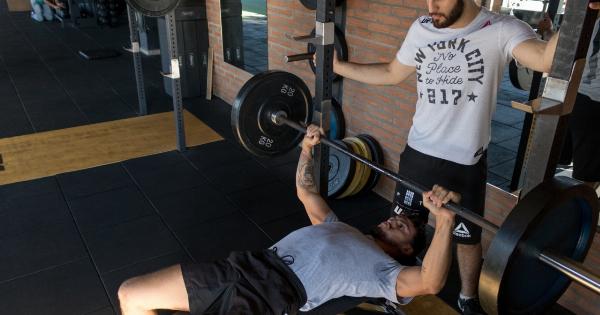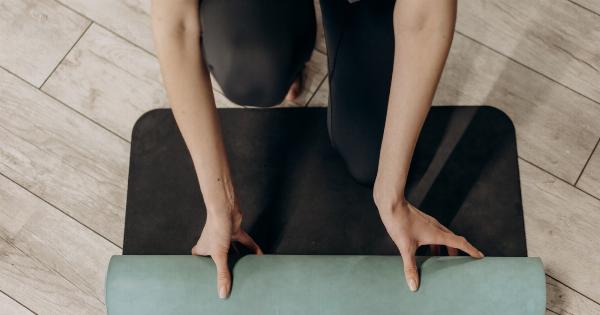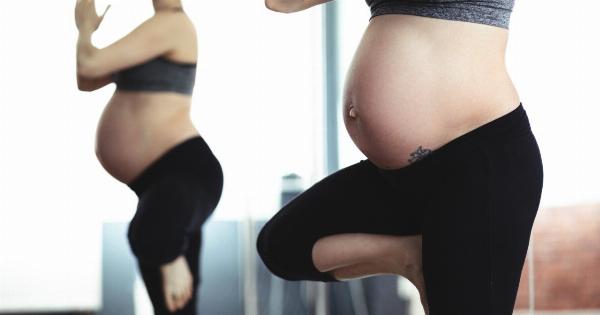Running is a popular form of exercise that offers numerous health benefits. However, improper running techniques can lead to various injuries and discomfort.
To avoid such issues, it is essential to practice easy running movements that promote proper form and minimize the risk of injury. In this article, we will discuss ten easy running movements that can help you avoid injuries and enjoy a safer running experience.
1. Maintain Proper Posture
One of the key elements of preventing running injuries is maintaining proper posture. Ensure that your head is aligned with your spine and your shoulders are relaxed. Avoid leaning forward or backward, as it can put unnecessary strain on your body.
Maintaining good posture not only minimizes the risk of injuries but also allows for efficient breathing and better running performance.
2. Land Midfoot
The way your foot strikes the ground can significantly impact your risk of injury. Aim to land on your midfoot, right below the arch.
Avoid striking the ground with your heel, as it can cause excessive impact and increase the chances of developing conditions like shin splints or stress fractures. Landing on the midfoot allows for a smoother transition and helps distribute the impact evenly throughout your body.
3. Increase Cadence
Cadence refers to the number of steps you take per minute while running. Increasing your cadence can help reduce the strain on your joints and lower the risk of overuse injuries.
Aim for a cadence of around 180 steps per minute, which is considered optimal for most runners. To increase your cadence, focus on taking shorter, quicker steps rather than longer strides.
4. Relax Your Upper Body
Many runners tend to tense up their upper bodies while running, leading to unnecessary strain and inefficient movement. Focus on keeping your hands relaxed, shoulders down, and arms at about a 90-degree angle.
Avoid clenching your fists or hunching your shoulders. By relaxing your upper body, you can maintain a more fluid running form and reduce the risk of injury.
5. Engage Your Core Muscles
Strong core muscles are essential for stability and injury prevention during running. Engage your core by gently pulling your belly button towards your spine and maintaining a slight contraction throughout your run.
This helps stabilize your body and promotes a more efficient running biomechanics. Regularly incorporating core-strengthening exercises into your training routine can further enhance your running performance and reduce the risk of injuries.
6. Gradual Increase in Mileage and Intensity
One common mistake among runners, especially beginners, is a sudden increase in mileage or intensity. This can overload your muscles and joints, leading to overuse injuries like tendonitis or stress fractures.
It is important to gradually increase your mileage or intensity to allow your body to adapt and become stronger. Follow the “10% rule,” which suggests increasing your mileage or intensity by no more than 10% per week.
7. Listen to Your Body
Running through pain or discomfort is never a good idea. Ignoring warning signs from your body can exacerbate an existing injury or lead to a new one. If you experience pain or discomfort while running, take a break and rest.
Pay attention to any unusual changes in your gait, such as limping or favoring one leg, as it may indicate an underlying issue. Listen to your body and consult a healthcare professional if needed.
8. Wear Proper Running Shoes
Investing in a good pair of running shoes that suit your foot type and running style is crucial for injury prevention. Running in worn-out or ill-fitting shoes can result in various foot, ankle, or knee-related injuries.
Visit a specialty running store to get properly fitted for a pair of running shoes that provide adequate support, cushioning, and stability. Replacing your shoes as they wear out is also essential for maintaining optimal running form.
9. Warm Up and Cool Down
Before you start your run, it is essential to warm up your muscles and prepare them for the activity. Perform dynamic stretches and exercises that target the major muscle groups involved in running.
This increases blood flow to the muscles and enhances their flexibility, reducing the risk of strains or pulls. After your run, cool down with static stretches to improve flexibility and promote muscle recovery.
10. Cross Train
Engaging in alternative forms of exercise can be highly beneficial for runners. Cross training helps to strengthen muscles that may not be adequately targeted during running and minimizes the risk of overuse injuries.
Incorporate activities like cycling, swimming, or strength training into your routine to maintain overall fitness and improve muscle balance.
Conclusion
By following these easy running movements, you can significantly reduce the risk of injury and enjoy a safer running experience.
Remember to maintain proper posture, land midfoot, increase your cadence, relax your upper body, engage your core muscles, and gradually increase your mileage and intensity. Listening to your body, wearing proper running shoes, warming up and cooling down, and incorporating cross-training activities will further enhance your injury prevention efforts.
Prioritize proper running technique and make injury prevention an integral part of your running routine to achieve long-term success and enjoyment in this beneficial form of exercise.





